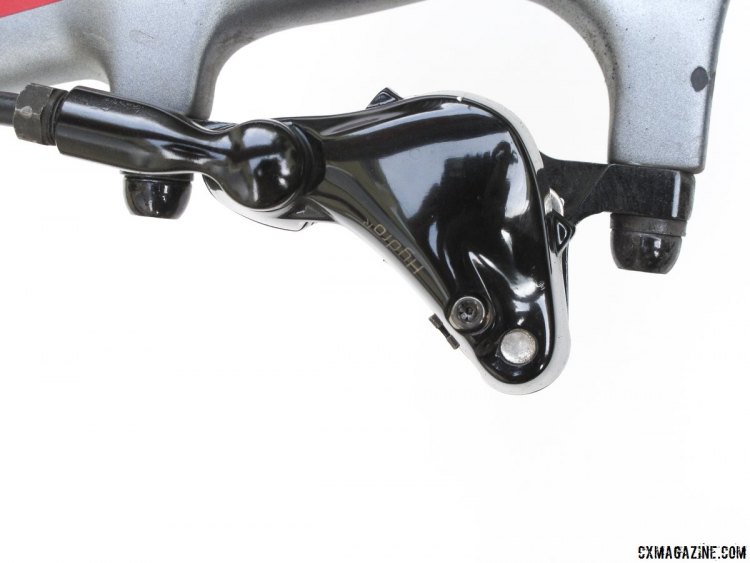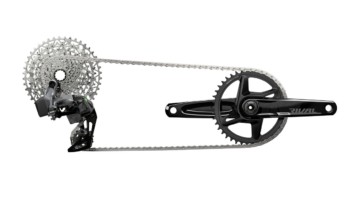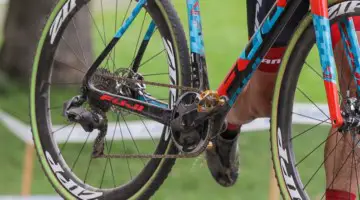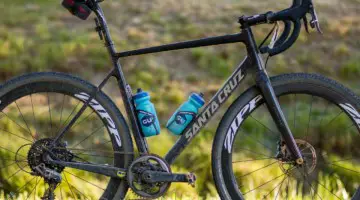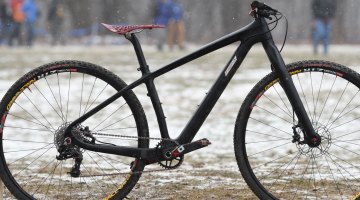A year ago at Press Camp, SRAM unveiled its latest 22-speed drivetrain: the Rival, designed with some of the latest trickle-down technology from the Red and Force groups. While we were able to get a first ride on the new equipment during the event, we have spent a full year with the workingman's group, giving it a full review in Issue 28.
Since then, Rival has entered the realm of more options, now being offered as a single chainring drivetrain as SRAM released at 2015 Sea Otter. While the single chainring set up is becoming popular for cyclocross, many riders find the benefits of a double, especially when training on the road, and the Rival 22 remains one of the more affordable and versatile groups on the market.
Today, we offer Clifford Lee's full review from Issue 28, including the our observations for the weight of the set as well as a final verdict. For more quality content like this, be sure to order your backcopy today, which is also available on Uberflip, in the App Store on iTunes, and on Google Play for Android.
Use the slider below for the detailed review on each part. More info: sram.com












